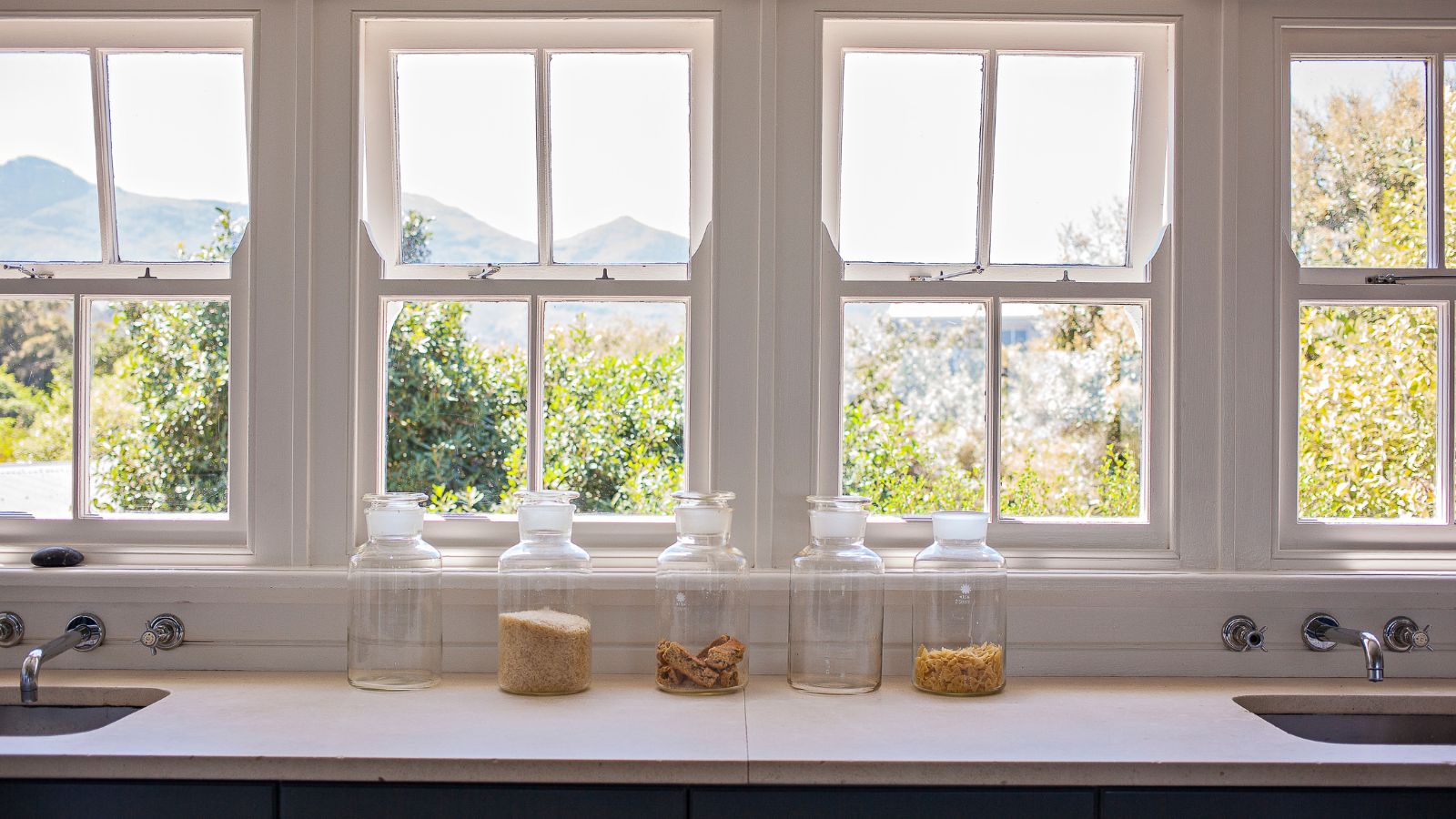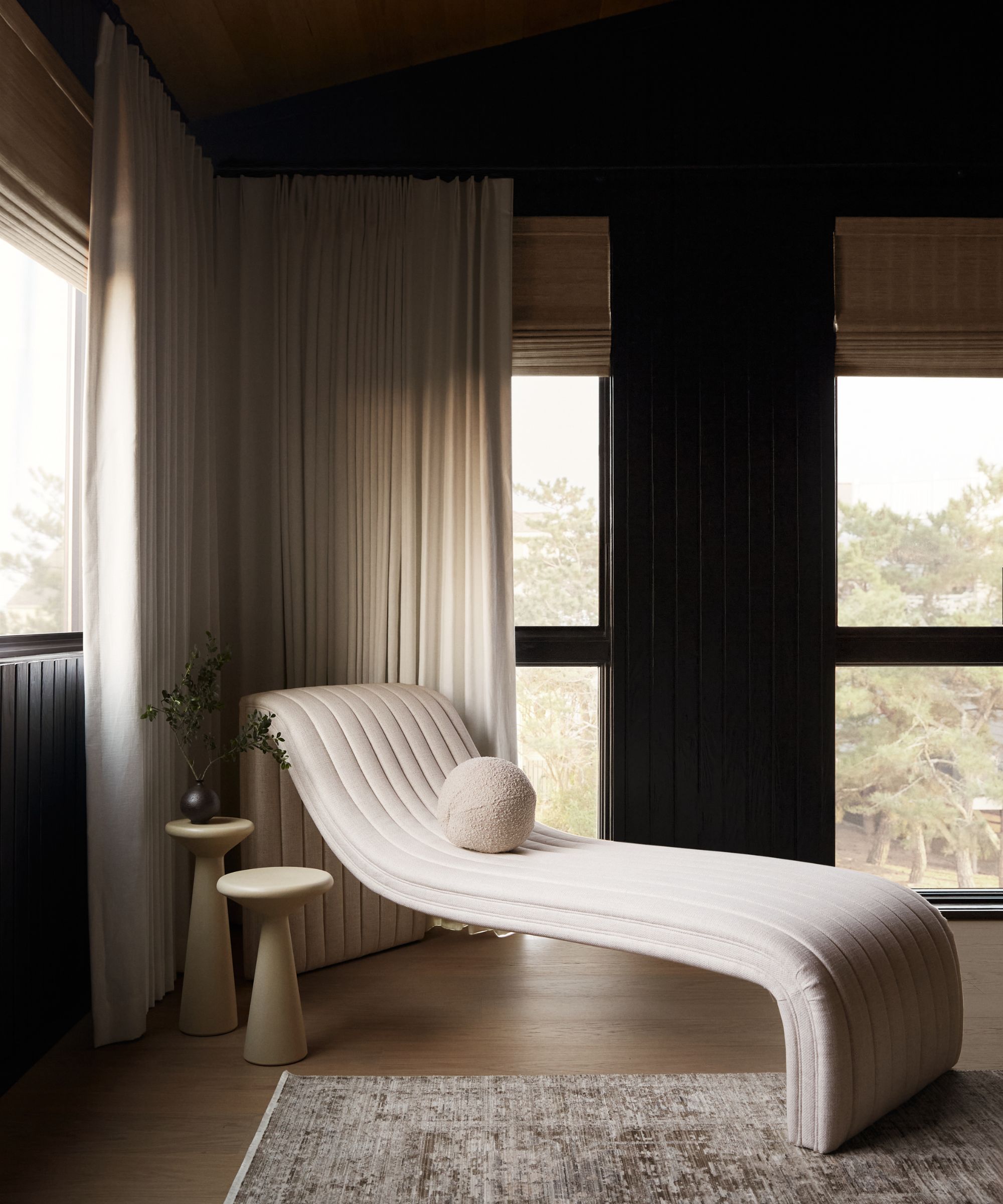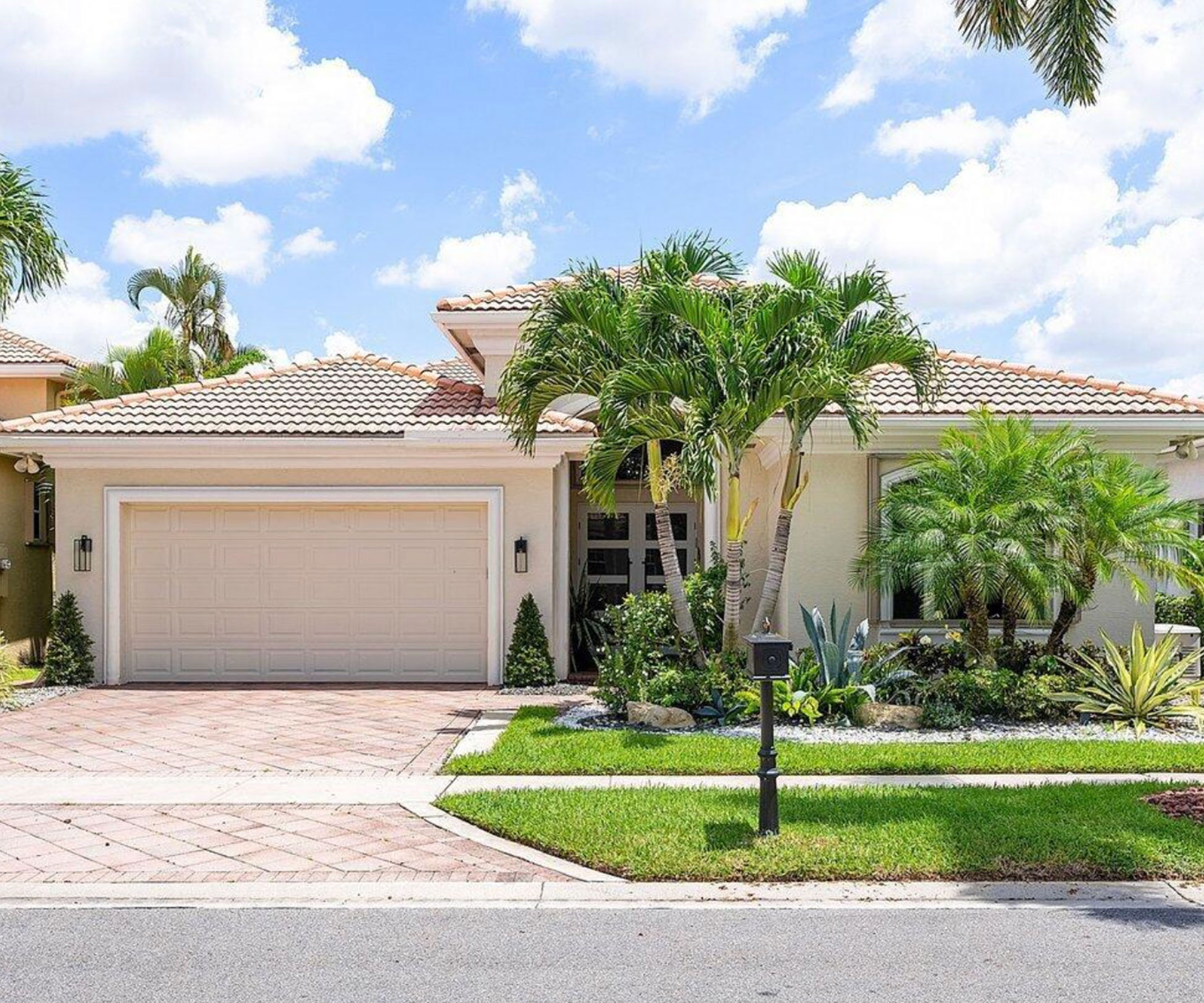
Most of us love waking up to the sun’s rays beaming through our windows – what better way is there to start the day than knowing there are clear skies ahead? But as the morning unfolds, ticking into the afternoon, that same heat can become unbearable, turning your sparkling window into, what at a surface touch, feels like a baking oven.
To keep your home cool in a heatwave, knowing little else to do, you end up closing your curtains and cranking the AC on full blast. So much for enjoying a beautiful day.
Suffer in the heat no longer, as we talked to window manufacturers to learn how to stop your window panes from attracting so much heat throughout the day. After following these tips and tricks to cool down the glass, you’ll be back to making the most of the season in no time. These tips are also useful when designing a house that stays cool too.
1. Install solar screens or shades

Similar to how you can attach light blockers to the windows of your car, you can attach a solar shade to the windows in your home. Depending on the shade of screen you opt for, less or more light will still make its way into your home but regardless of your tint choice here’s the best part – they absorb the sun’s heat before it even has a chance to reach your glass!
‘Exterior solar screens or shades can intercept sunlight before it reaches windows, reducing the amount of heat absorbed by the glass,’ says Ernie Cappello, CEO and Resident Window Expert at Window Fix. ‘These screens can be retractable or fixed to the window itself and they offer many benefits such as improved energy efficiency, glare reduction, and preservation of views.’
2. Install a reflective window film

A reflective window film operates in much the same way as a solar screen, minus the alteration to natural lighting. If you use one of these, the lighting coming through your window will look completely normal as opposed to tinted.
‘A reflective window film reduces heat gain while still allowing visible light to pass through, maintaining natural lighting,’ says Ernie. ‘The benefits of using one of these include reduced cooling costs, increased comfort by reducing glare and heat, and protection against UV damage to interior furnishings.’
Most reflective window films are applied directly to the interior surface of your window using water or an adhesive solution depending on the brand.
3. Improve ventilation in your home
Blasting the AC may seem to hold merit after all, but what would be better is making a conscious decision to improve the ventilation of your entire home wherever possible. Shut the curtains on windows facing the sun until it sets in the evening, and open your home’s windows and doors during cooler parts of the day. Doing this will help your windows to cool down during the day and at the end of the day, allowing the old stuffy air a chance to leave your house.
‘Enhancing natural ventilation in the home, especially during cooler parts of the day, can help dissipate excess heat that accumulates indoors,’ says Ernie. ‘This can be achieved through strategically placed windows, vents, or the use of fans to facilitate airflow.’
4. Plant trees or install awnings

Increasing the amount of shade near your windows makes a lot of sense when it comes to cooling down the glass. When you’re hot outside, what do you do? You seek shade. Creating shade for your windows through building awnings or stocking up on shady plants is a great way to banish the boiling weather from your window panes – plus it will make your home exterior look evermore summer-esque.
‘Strategically planting trees or installing awnings outside windows can provide natural shade,’ says Ernie. ‘Trees with dense foliage can block sunlight during the hottest parts of the day, reducing solar heat gain through windows. Awnings also provide shade and can be retractable to allow sunlight in during cooler times of the year.’
5. Upgrade to Low-Emissivity Windows
If you’re tired of the summer heat and your windows are past the point of just needing some love and attention, this might be ideal to consider when purchasing your next panes. Low-E, or ‘Low-Emissivity’ windows are specially designed to act thermal, bringing the best benefit to your home – warmth in winter and coolness amid warmer weather.
‘Low-E windows have a special coating that reflects infrared light while allowing visible light to pass through,’ says Ernie. ‘This helps in reducing heat transfer through the windows, keeping interiors cooler in summer and warmer in winter.’







